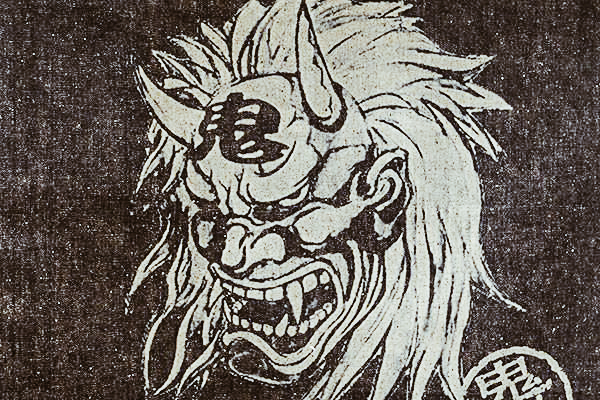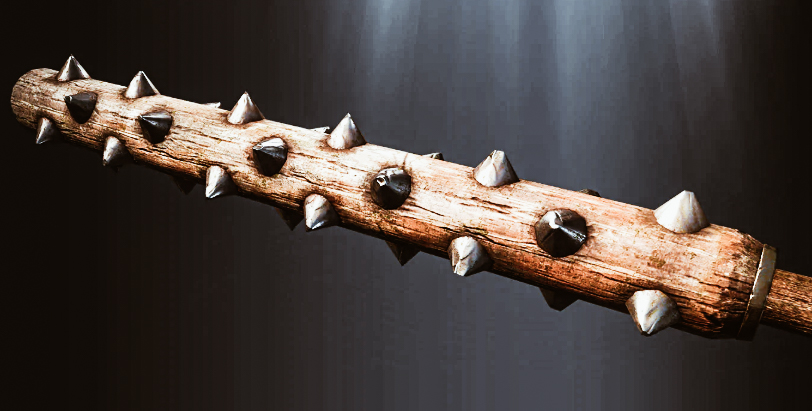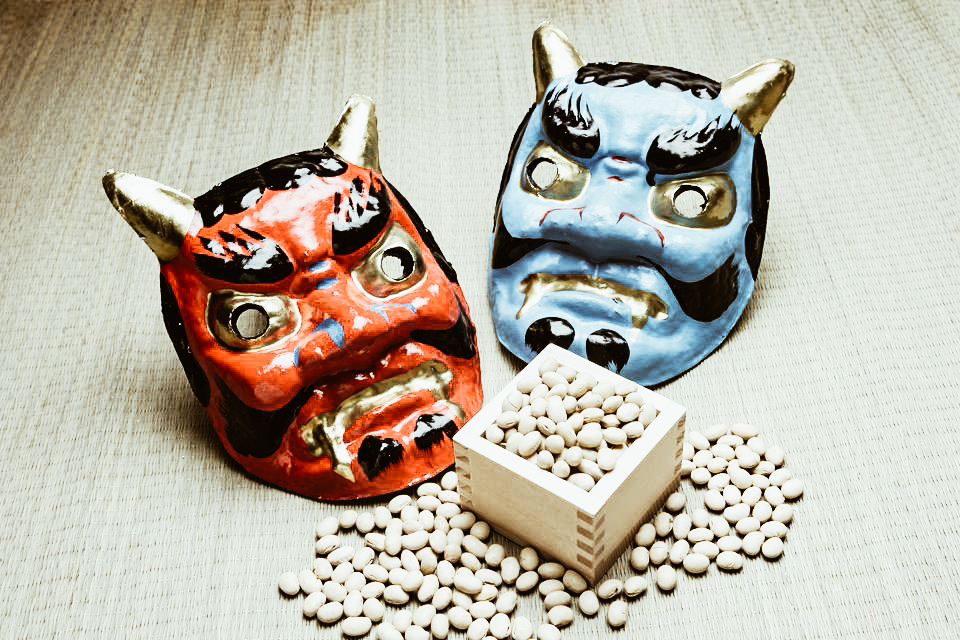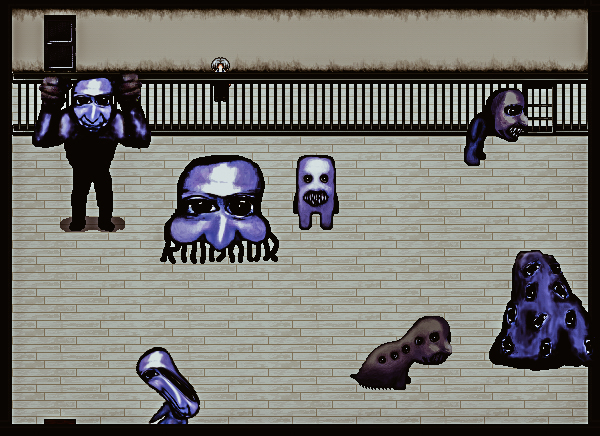Japan Folklore: Oni
Oni, yōkai del folklore Giapponese
Da creatura benevola ad essere maligno. Questa è la lenta trasformazione degli Oni (鬼), le creature mitologiche giapponesi che noi occidentali chiamiamo “demoni”, “troll” oppure “orchi”.

photo credits: tateandyoko.com
Prima dell’era Heian, gli Oni erano spiriti buoni in grado di allontanare il male. Tuttavia, durante questa era vennero relegati al ruolo di guardiani dell’inferno o torturatori delle anime dannate. Un esempio ne sono l’aka-oni (il demone rosso) e l’ao-oni (demone blu) descritti nella tradizione buddista, che assumono una connotazione negativa e diventano spiriti da tenere alla larga. Infatti, essi sono considerati come portatori di sventura o agenti delle calamità naturali.
Il loro aspetto non è certo rassicurante. Infatti, si dice che abbiano sembianze animalesche e mostruose, a volte con molti occhi e dalla pelle colorata (rosso, blu, nero, rosa oppure verde). Possono anche essere dotati di artigli, indossare pelle di tigre e portare con sé il kanabō (金棒, letteralmente: “bastone di metallo”, una mazza da guerra chiodata usata nel Giappone feudale dai Samurai).

photo credits: forhonor.ubisoft.com
Oni fuori! Fortuna dentro!
Nell’epoca Nara, per scongiurare i disastri che questi spiriti potevano provocare, si praticava l’oniyarai 追儺, un rituale volto a cacciare il demone.
L’ultimo giorno di ogni anno una persona vestiva i panni del demone e veniva scacciato con archi e canne di legno di pesco. Nel tempo questa usanza si trasformò nei festeggiamenti del Setsubun, in cui le persone scagliano fagioli di soia fuori dalle case pronunciando: “Oni wa soto! Fuku wa uchi!” (Oni fuori! Fortuna dentro!).
Nonostante siano considerati spiriti malvagi, nella tradizione ci sono ancora delle tracce della loro natura benevola. Queste le ritroviamo durante le parate, quando alcuni uomini indossano il costume da Oni per allontanare la sfortuna. Inoltre sono anche raffigurati su delle tegole di alcuni edifici per lo stesso motivo.

photo credits: tripsavvy.com
Le tante curiosità della cultura moderna
Oggi incontriamo questi demoni non solo nelle storie folkloristiche e nelle filastrocche per bambini, ma anche come protagonisti di proverbi! Infatti, si dice che “Anche negli occhi degli oni sorgono lacrime” (鬼の目にも涙) per indicare che anche il cuore più duro talvolta prova pietà. Un altro proveribio è “La moglie di un oni diventa una divinità oni” (鬼の女房鬼神がなる) che si rifà al nostro “il discepolo supera il maestro”.
Naturalmente era impensabile non usare una figura così particolare negli anime e nei manga! Ci sono infiniti richiami agli Oni, ed uno dei più famosi e conosciuti è Lamù, il personaggio principale del manga di Rumiko Takahashi. Ma non è il solo. Infatti anche ne Il sigillo azzurro di Chie Shinohara ha come protagonista proprio la Regina di questi demoni. C’è anche Shutendoji di Gō Nagai il cui titolo dell’opera rimanda alla leggenda di un oni dallo stesso nome.
Tra i videogiochi horror/avventura più giocati e divertenti non possiamo dimenticare Ao Oni. Qui l’antagonista principale è un demone blu il cui adattamento anime è stato trasmesso in Giappone tra il 2 ottobre 2016 e l’8 gennaio 2017. I 13 episodi da 3 minuti ciascuno sono stati distribuiti in streaming anche in Italia col titolo Aooni The Blue Monster (あおおに〜じ・あにめぇしょん〜). Nonostante la sua semplicità, questo gioco è agghiacciante grazie alla musichetta di sottofondo che conferisce al videogioco la giusta atmosfera spaventosa!

photo credits: giantbomb.com
Condividi:
- Fai clic per condividere su Facebook (Si apre in una nuova finestra)
- Fai clic qui per condividere su Twitter (Si apre in una nuova finestra)
- Fai clic qui per condividere su Tumblr (Si apre in una nuova finestra)
- Fai clic qui per condividere su Pinterest (Si apre in una nuova finestra)
- Fai clic per condividere su Telegram (Si apre in una nuova finestra)
- Fai clic per condividere su WhatsApp (Si apre in una nuova finestra)
- Fai clic qui per condividere su Reddit (Si apre in una nuova finestra)
- Fai clic qui per stampare (Si apre in una nuova finestra)






